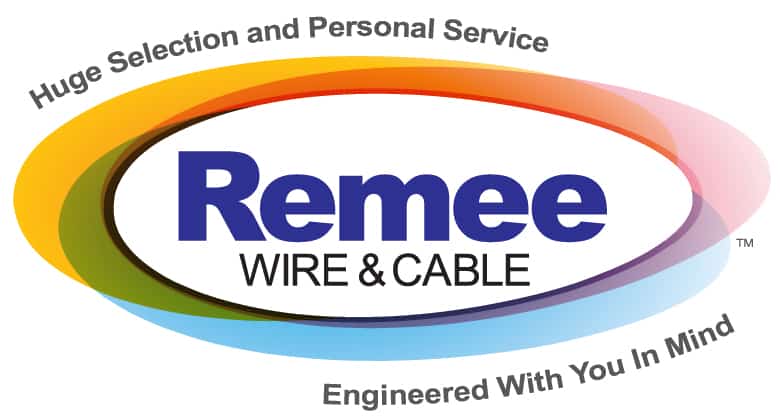Programmable computers didn’t exist 80 years ago. When the first one was built, few people knew or cared. In 1943, when the president of IBM was asked about demand, he replied that there was a potential worldwide need for “maybe five computers.”
From that humble beginning, we’ve created a hyperconnected, high-speed modern world in which artificial intelligence often makes decisions on our behalf. In boardrooms, operating rooms, classrooms, and living rooms, Internet of Things (IoT) technology is changing the way the world lives, works, and manages relationships.
Just five years ago, a home in which you could use a handheld device to control all of your technology seemed like science fiction. Today, it’s a reality.
If we’ve come so far in just a few years, what does the future of smart home technology hold?
What Is Smart Home Technology?
It’s difficult to define “smart technology.” If we classify it as any machine communicating with another machine without human interference, then we’ve been using smart technology since we started sending messages by telegraph. If we define it as “programmable devices,” then some coffeemakers made as early as the 1980s could qualify.
The best definition of smart technology comes from Net Lingo: “The term ‘smart’ originally comes from the acronym ‘Self-Monitoring, Analysis and Reporting Technology.’ It became widely known as ‘smart’ because it allowed inanimate objects—from cars to basketballs to clothes—to talk back to us and even guide our behavior.”
Smart technology consists of both programmable devices, like the previously mentioned coffeemakers, and connected devices, such as a smart security camera controlled by Bluetooth. IoT technology, which combines smart products with applications, analytics, and the Internet, is the most advanced form of smart technology.
Examples of smart home technology range from the Amazon Echo, which serves as a voice-controlled personal assistant, to Oprah Winfrey’s radiant heat system which automatically melts any snow on the driveway of her winter home.
The Evolution of Smart Home Technology
Automated inventions that wash clothes, vacuum rugs, and toast bread haven’t been around for much more than 100 years. Many of our parents and grandparents remember cleaning, cooking, and running their homes entirely without the benefit of these appliances.
The first smart device, called the Honeywell Kitchen Computer, was released in 1966. The Honeywell, a recipe computing device, weighed 100 pounds and sold for $10,000, or at least it would have if Neiman Marcus had ever sold one.
The Honeywell was an impressive piece of technology, but it failed to identify and fill a need. The cost and technological expertise required to use the machine heavily outweighed the benefits it offered. This is the question that will determine what smart technology sells for going forward: does it fill a need, and is the convenience it provides worth the price?
By the early 2000s, most Americans were active online, regularly using email accounts and websites and later getting connected through social media. As people became more comfortable using connective and informational technology, smart home devices began to appear on the shelves. Smart TVs, security cameras, locks, pet feeders, plant waterers, and thermostats became part-and-parcel of the American home.
Research from GfK says that between 2017 and 2022, the global market for smart home technology will grow at 14.5%, hitting $53.45 billion by 2022. This growth is driven by convenience, of course, but also by monetary and environmental concerns, as smart homes are often more energy-efficient.
Of course, such rapid technological innovation doesn’t come without serious social, economic, and cultural effects. As early as 2015, social science professors were saying, “Our entire economy and society are likely to change dramatically. What are the opportunities and risks related with this? Are we heading towards digital slavery or freedom? What forces are at work here? And how can we use them to create a smarter society?”
The Future of Smart Home Technology
Where do experts say smart home technology will be in 5 to 10 years? What will Americans expect their homes’ technology to do? How will they react to new products?
According to experts at Quartz, current trends indicate that we will see smart shoppers doubling down on voice-controlled devices, faster data speeds, a visual center and dashboard, and enhanced security features.
Futurists also expect a greater emphasis on security. Constant media coverage of violent crimes and security threats have raised public fear levels, creating an increased demand for devices that claim to offer increased home security (even though violent crime rates have decreased in recent years).
Despite concerns about privacy, many Americans are increasingly willing to share personal information with businesses in exchange for convenience. As this happens, home-to-retailer communication technology could well take off. Smart communication technology that lets your refrigerator tell your grocery provider that you’re out of milk, such as Amazon’s Dash button experiment, could streamline household maintenance to an extreme degree.
As these devices become more efficient, the appeal of the benefits they offer will likely outweigh most consumers’ concerns, and the widespread adoption of smart technology will continue.
